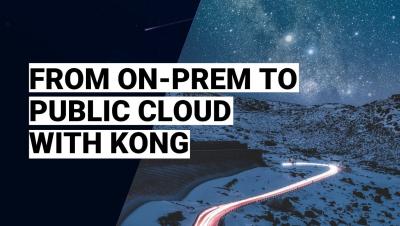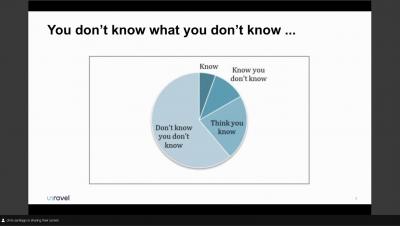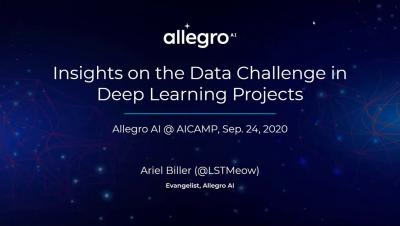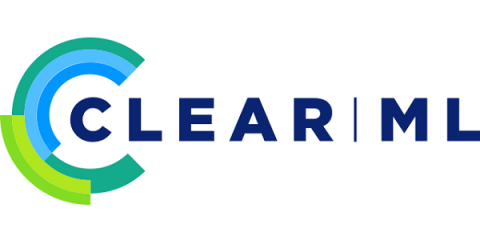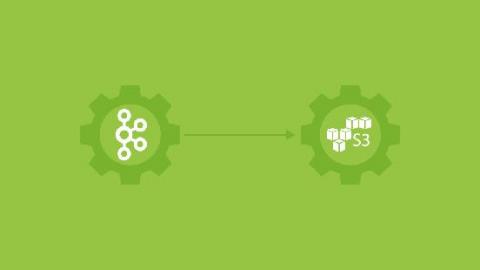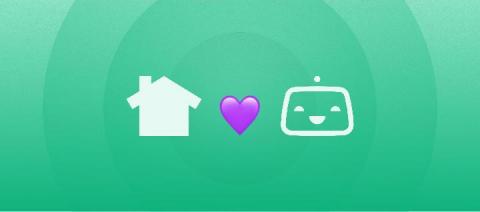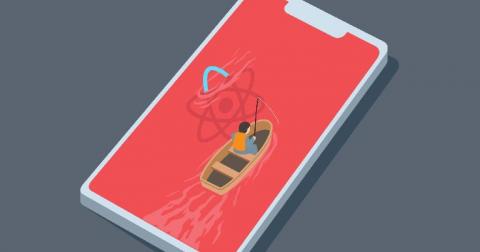Systems | Development | Analytics | API | Testing
Technology
Cost Optimization on Microsoft Azure
Practical Insights on Data Challenges in Deep Learning Projects
Cost-Effective, High-Performance Move to Cloud
How to Own That New State-of-the-Art Model Repo!
Deep learning has evolved in the past five years from an academic research domain, to being adopted, integrated and leveraged for new dimensions of productivity across multiple industries and use cases, such as medical imaging, surveillance, IoT, chatbots, robotic,s and many more. From NLP to computer vision, deep learning has been breaking the barriers of SOTA algorithms and providing results that were, otherwise, impossible to achieve.
New Apache Kafka to AWS S3 Connector
Many in the community have been asking us to develop a new Kafka to S3 connector for some time. So we’re pleased to announce it's now available. It’s been designed to deliver a number of benefits over existing S3 connectors. Like our other Stream Reactors, the connector extends the standard connect config adding a parameter for a SQL command (Lenses Kafka Connect Query Language or “KCQL”). This defines how to map data from the source (in this case Kafka) to the target (S3).
Support for Calling External Functions via Azure API Management Now in Public Preview
In June, Snowflake announced the public preview of the external functions feature with support for calling external APIs via AWS API Gateway. With external functions, you can easily extend your data pipelines by calling out to external services, third-party libraries, or even your own custom logic, enabling exciting new use cases. For example, you can use external functions for external tokenization, geocoding, scoring data using pre-trained machine learning models, and much more.
Nextdoor's iOS CI/CD journey with Bitrise
Two of the most useful tools for making software development run smoothly are CI & CD. Over the years our stack has evolved from a humble Jenkins box into a cloud-native platform. In this post, we’ll share our learnings from this journey.
React Hooks Common Mistakes
React Hooks is a new addition to React which enables you to use state and other features of the library without having to create a class. By ‘hooking into’ React’s existing features, you can significantly reduce the number of concepts you have to grapple with, and you can create custom hooks to share all kinds of non-visual logic, making your code much more reusable.
Extreme data center pressure? Burst to the cloud with CDP!
Here at Cloudera, we’ve seen many large organizations struggle to meet ever-changing and ever-growing business demands. We see it everywhere. Traditional on-premise architectures, which create a fixed, finite set of resources, forces every business request for new insight to be a crazy resource balancing act, coupled with long wait times, or a straight-up no, it cannot be done.


